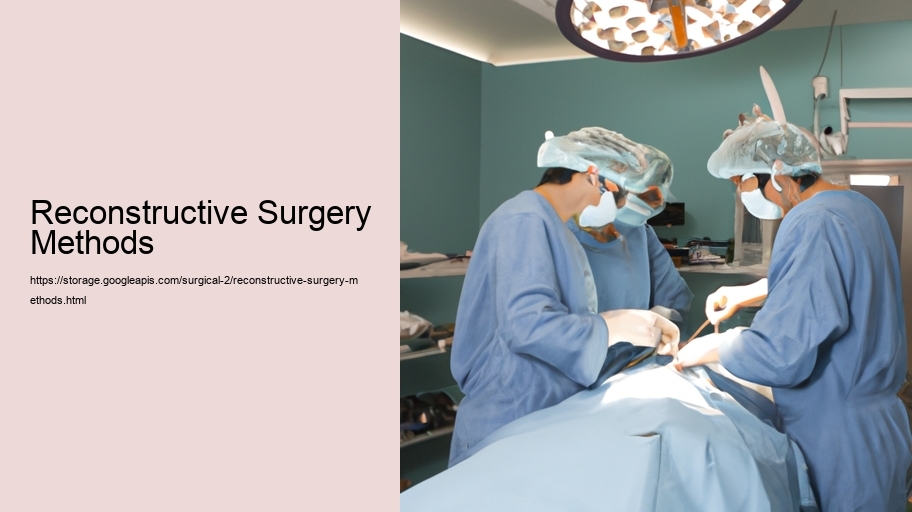Reconstructive surgery is a vast field of medicine that involves the restoration of form and function to parts of the body that have been affected by congenital defects, trauma, infection, tumors, or disease. This branch of surgery plays a critical role in improving the quality of life for patients by repairing and reshaping bodily structures to improve their appearance and functionality.
There are numerous methods and techniques within reconstructive surgery, and the approach taken depends on the specific needs of the patient, the area of the body that requires reconstruction, and the extent of the damage or defect.
One of the primary methods of reconstructive surgery is the use of skin grafts. Skin grafts involve the transplantation of skin from one area of the body to another. This technique is commonly used to repair areas with skin loss due to burns, surgery, or injury. There are two main types of skin grafts: split-thickness grafts, which include only a portion of the dermis along with the epidermis, and full-thickness grafts, which involve the entire dermis and epidermis. The choice of graft depends on the size of the area that needs to be covered and the desired functional and cosmetic outcomes.
Flap surgery is another cornerstone of reconstructive surgery, involving the transfer of living tissue from one part of the body to another, along with the blood supply. Flaps can be composed of skin, muscle, bone, or a combination thereof, and they are used to cover defects, provide bulk, or restore function. Flap surgery is more complex than skin grafting because it requires the maintenance of a blood supply to the transplanted tissue. There are various flap techniques, including local flaps, regional flaps, and free flaps, which are completely detached from the original blood supply and reconnected to blood vessels at the reconstruction site.
Microsurgery is a technique that involves the use of a microscope for surgical procedures. It is often used in reconstructive surgery for the reattachment of severed fingers, hands, arms, and other body parts. Microsurgery is also utilized in the transfer of tissue from one part of the body to another (free flap surgery) and for the reconnection of nerves and blood vessels.
Tissue expansion is a method that enables the body to "grow" extra skin by stretching surrounding tissue. This technique is useful for repairing skin damaged by burns, surgical removal of tumors, or congenital defects. A tissue expander, which is a balloon-like device, is inserted under the skin near the area to be repaired and gradually filled with saline over time, causing the skin to stretch and grow.
Craniofacial surgery is a specialized area of reconstructive surgery that focuses on the correction of congenital and acquired deformities of the skull, face, and jaws. This field often involves a multidisciplinary approach, combining expertise from plastic surgeons, neurosurgeons, otolaryngologists, and other specialists to address complex anatomical and functional issues.
Breast reconstruction is an integral part of reconstructive surgery, providing women who have undergone mastectomy due to breast cancer with the opportunity to rebuild the breast. This type of surgery can involve using implants or autologous tissue (tissue from the patient's own body), and it aims to restore a natural-looking breast.
In conclusion, reconstructive surgery methods encompass a broad spectrum of techniques that are essential in addressing a diverse range of physical deformities and functional impairments. The field is constantly evolving, with ongoing research and development leading to new advancements and improved outcomes for patients. Whether through the use of grafts, flaps, microsurgery, tissue expansion, craniofacial surgery, or breast reconstruction, the goal of reconstructive surgery remains the same: to enhance the lives of those it serves by restoring both appearance and function.
